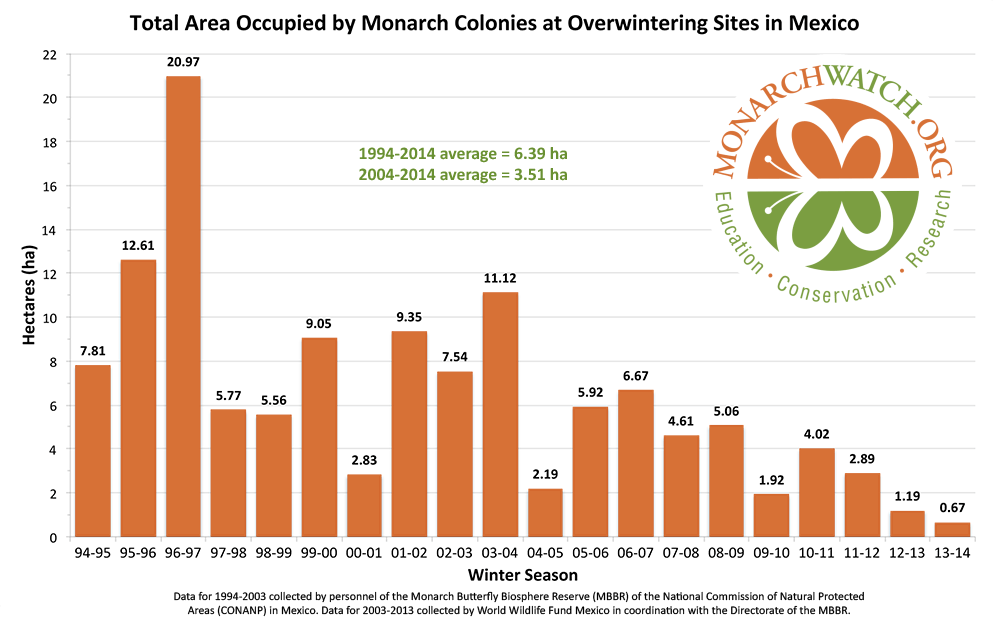Grasslands can recover from grazing, provided there is sufficient moisture to grow. Arid environments often lack moisture, so recovery can be extremely slow (Valone et al) or nonexistent. That is the overarching conclusion of several long-term vegetation studies in Arizona and New Mexico. Shrub removal can increase grass cover, but at low levels shrubs do not seem to compete with grasses. At the Santa Rita experimental range, south of Tucson, invasive species pushed aside native grasses, but then all vegetation cover decreased during the following 20-year drought.
 |
| Figure from Mashiri et al. Basal cover of perennial grasses on the Santa Rita Experimental Range from 1972 through 2006. SR = Seasonal Rotation grazing; YL= Year Long grazing. Following the wet 1980's, grass cover increased to the peak in the center of the graph, but has been falling ever since. |
It may sound obvious that grazing can decrease grass cover and that it may take several wet years to regain aboveground growth. Range science has long advocated for differential season of grazing, or intensive grazing, or other management alternatives, but some studies such as Mashiri et al find no long-term differences between management methods.
A recent study from Bestelymeyer et al did find some slight differences between winter- and summer-season grazing, but they were the opposite differences that traditional range science manuals would predict for Black Grama grass!
 |
| Figure from Bestelmeyer et al. Black Grama grass cover on the Jornada Experimental Range decreased with grazing and increased following grazing. |
References:
Bestelmeyer, Brandon T., Duniway Michael C., James D.K., Burkett L.M., and Havstad Kris M. A test of critical thresholds and their indicators in a desertification-prone ecosystem: more resilience than we thought. Ecology Letters, 01/2013, Volume 16, p.339-345, (2013)
Mashiri, F., M. McClaran, and J.S. Fehmi. 2008. Short- and Long-term Vegetation Change Related to Grazing Systems, Precipitation and Mesquite Cover. Rangeland Ecology and Management 61:368-379.
Valone, T. J., Meyer, M., Brown, J. H. and Chew, R. M. (2002), Timescale of Perennial Grass Recovery in Desertified Arid Grasslands Following Livestock Removal. Conservation Biology, 16: 995–1002.








